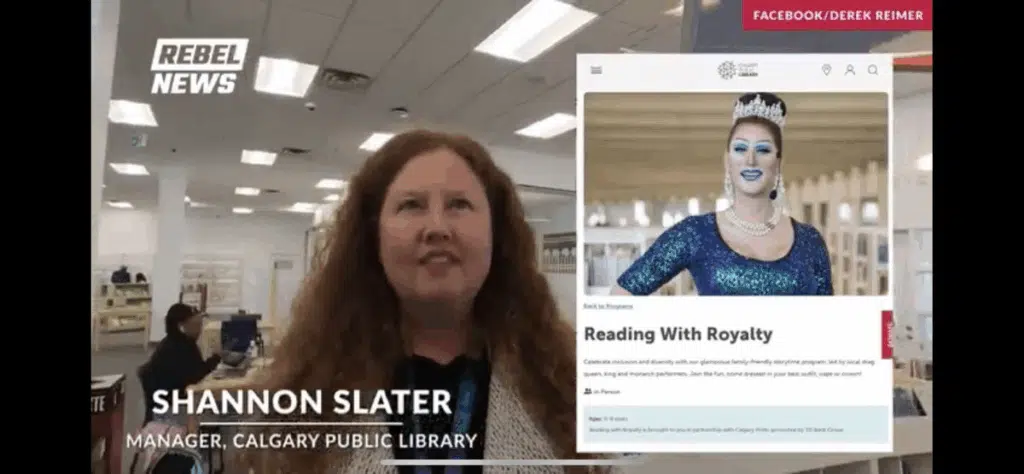
Democrats Renege on Compromise, Leave Children in Broken Schools
Addressing the Constitutional Convention in 1787 on the need for compromise, Benjamin Franklin said, “When a broad table is to be made, and the edges of planks do not fit, the artist takes a little from both, and makes a good joint. In like manner, here, both sides must part from some of their demands, in order that they may join in some accommodating proposition.”
Franklin offers a lesson for Pennsylvania’s Democratic House leaders and for Gov. Josh Shapiro.
Shapiro reneged on a budget compromise and plunged the state into financial uncertainty, all because Democrats in the House oppose giving parents the choice to escape the worst performing schools in the Commonwealth. The irony is that this help came in the form of a plan that Shapiro endorsed both during his campaign and as governor.
Yet instead of forging a compromise with members of his own party in the House, Gov. Shapiro vetoed a line item that would have given scholarships to students trapped in failing schools. This was a major missed opportunity to reach a bipartisan compromise and achieve something truly substantial for Pennsylvania’s most at-risk students.
Compromise is critical to a functioning and effective democratic governance, especially in a society with so many competing perspectives and interests. Compromise allows lawmakers to work toward solutions that address a broader spectrum of concerns. It’s about building consensus and gathering support from different political factions to achieve results.
As Franklin observed, compromise requires give and take from each side. It requires both sides to “part from some of their demands.” Senate Republicans held up their end of this bargain, giving up some of their conditions to achieve a goal that we thought all sides wanted: rescuing kids from consistently failing schools and giving them an opportunity for a brighter future.
We were almost there until the budget agreement fell apart due to House Democrats’ refusal to give an inch. And now, even though only a one-seat majority separates the two caucuses in the state House, gridlock has stalled any progress.
Encouraged by Shapiro’s promises to save kids from dysfunctional and dangerous schools, we had hoped for a new pragmatism and cooperation between the governor and the General Assembly to advance the public interest. Personally, I had hoped that this budget compromise would lay the groundwork for long-term stability and laws built through negotiation and input from various stakeholders.
Shapiro’s betrayal of these children was disappointing. Even more concerning is the ongoing refusal among House Democratic leaders to consider helping desperate kids and families who are consigned to the same broken schools that have failed them for so long.
House Democratic Leader Matt Bradford promised Shapiro that in exchange for the governor’s reneging on his promise, the House would “carefully examine and consider” the issue. So far, this has proven an empty promise, as House Democrats have made no effort to do anything of the sort.
My hope is that Gov. Shapiro rethinks his decision and uses his influence to forge a true budget compromise. But for that to happen, House Democrats must at least be open to the idea of compromise. They have yet to show such willingness. Their obstinacy is condemning Pennsylvania’s vulnerable children to failing schools – schools that many House Democrats themselves wouldn’t dream of allowing their own children to attend.
This article was originally published by RealClearPennsylvania and made available via RealClearWire.



